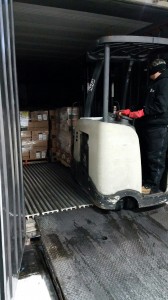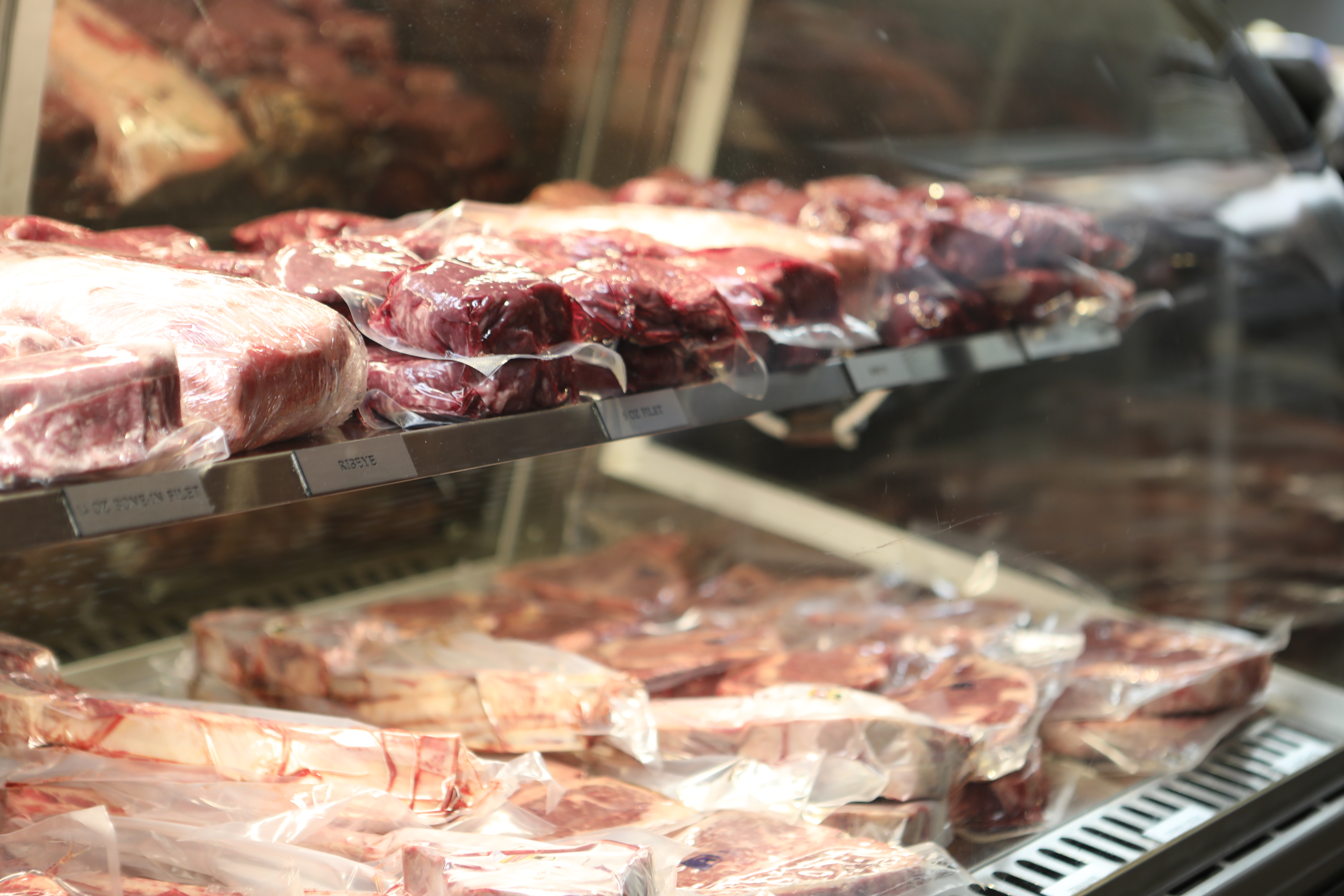
Relevant and getting better
Ninth straight record sales year for CAB
by Laura Conaway
When the original Angus beef brand stands above 138 USDA-certified others and charts a ninth successive record year, people wonder how that can be.
The recipe includes a dash of nostalgia, a large helping of credibility and a whole lot of relevance. Throw in its niche at the very top of quality and that certain “it factor,” and you have an all-but-guaranteed formula for longevity.
The Certified Angus Beef ® (CAB®) brand rounded out its 37th fiscal year (FY) at the end of September 2015, still leading the beef quality movement because of that one ingredient in particular: relevance.
“We’re here to be more intentional on those things that really strengthen the brand and increase its relevance to our mission and each and every one of our partners and their customers,” says CAB President John Stika. After an 11th consecutive year of sales growth to a record 896 million pounds, 14 million more than last year, he comments, “our goal is to get better.”
That’s what it took to set records in FY 2015. In the fourth straight year with fewer eligible cattle, the brand’s 31 licensed packing plants saw a 1.1-million-head (8%) decline in those Angus-type cattle identified. Yet, certified carcass numbers only dropped by 1%. Greater utilization of each carcass (261 lb. sold compared to 250 lb. last year) produced the net sales increase of 1.6%.
In the face of record high cattle and beef prices tied to tight supplies, cattlemen and women showed they had built in quality and sent their best. That allowed independent graders to certify nearly 67,000 carcasses per week, totaling 3.48 million for the year, thanks to the record high CAB acceptance rate of 27.5%. Ten years ago that number was 14%.

For any group or brand to progress, each of its component parts must work in unison. Mark McCully, CAB vice president of production, credits the circular workings of supply and demand.
“Angus breeders responded to the market signals and built better-grading cattle which allowed us to grow, thus creating more demand and even bigger signals.”
Ranchers’ selection decisions and proactive management worked in concert with the feeding sector’s reaction to a market that demanded more pounds on each animal, more days on feed. In turn, CAB adjusted its hot carcass weight (HCW) specification from a cap of 999 lb. to 1,050 lb., to garner more product for end users, all without compromising the brand’s premium nature.
“The trend for increasing carcass weight is not a new phenomenon,” McCully says, but genetic improvement allowed for greater efficiency. “We found it critical to make an adjustment in our specifications to maintain relevance both to the cattlemen who are growing these larger, more efficient animals, and our licensed partners that need supply of high quality product.”
Those partners – all 17,500 of them – cater to a consumer base that holds quality in higher regard as prices climb.
Inside overview
From a division standpoint, foodservice led the charge. Following last year’s trend for the most growth, it built on that to sell a record 334 million pounds, up 10.6% over last year. While retail experienced a slight decline of 3.4%, it still commanded the leading share of all pounds sold at 41%. International sales reached a plateau of 120 million pounds. Tariffs, currency exchange rates and port labor issues contributed to a sales decline in Eastern Asia while Mexico, the Middle East and Central and South America grew in spite of those challenges.
Breaking the carcass down, the Value-added Products Division had its second-best year as CAB fajita meat, tri-tip and pot roast contributed to 23.5 million pounds sold, 6.3% more than last year. End meats led overall growth with a 2.6% hike, while middle meat sales were down only 2%, a result of record prices. CAB Prime sales set a record at more than 12 million pounds.

Fulfilling purpose
Per its design, Stika says the brand achieves its mission every day the people who raise Angus cattle realize its value.
“Because of those who have been willing to engage this brand and support us in pursuit of our mission statement, Certified Angus Beef has been allowed to become a brand of impact,” he says, “and we are in a better position today to be able to deliver on our original purpose than ever before.”
Part of that involves positioning the brand in targeted areas of influence. For example, 13.5% of brand sales were outside of the U.S. in FY 15. To further leverage that presence in 52 other countries and focus on a leading market region, CAB opened a Tokyo office in August. Takayoshi Hirayama, CAB senior manager there, works to help the brand become more engaged and embedded in the Asian beef product market and consumer community.
Domestically, that impact is easy to note in those who walk through the brand’s Education & Culinary Center (ECC) doors. FY 15 saw 44 new Master’s of Brand Advantages (MBA) students graduate, and the ECC hosted 105 groups. Those were comprised of people in and outside of the beef industry, all with the goal of increasing their knowledge and understanding premium beef’s value.
Demand for hands-on education and the media tools to serve partner needs saw the year end amid construction of an expanded ECC kitchen and meat lab as well as new video and audio production rooms in the main office.
Growth can manifest itself in a number of different ways, Stika says, but relevance is the key.
“If we take the opportunity to expand our perspectives today, I assure you we will have more influence over the results we expect to achieve tomorrow.”
You may also like
$100,000 Up for Grabs with 2024 Colvin Scholarships
Certified Angus Beef is offering $100,000 in scholarships for agricultural college students through the 2024 Colvin Scholarship Fund. Aspiring students passionate about agriculture and innovation, who live in the U.S. or Canada, are encouraged to apply before the April 30 deadline. With the Colvin Scholarship Fund honoring Louis M. “Mick” Colvin’s legacy, Certified Angus Beef continues its commitment to cultivating future leaders in the beef industry.
Raised with Respect™ Cattle Care Campaign Launched This Fall
Raised with Respect™ was developed as part of a strategic cattle care partnership between Sysco and CAB. The collaboration focuses on supporting farmers and ranchers, equipping them with continuing education to stay current on best management practices and helping to increase consumer confidence in beef production.
Quality Wins, Again
Sara Scott, Vice President of Foodservice for Certified Angus Beef, emphasizes the importance of taste over price in the beef market during the Feeding Quality Forum. As consumer demand for high-quality beef grows, Scott highlights the need for increased supply and encourages communication with packer partners to meet the demand for Prime beef.















